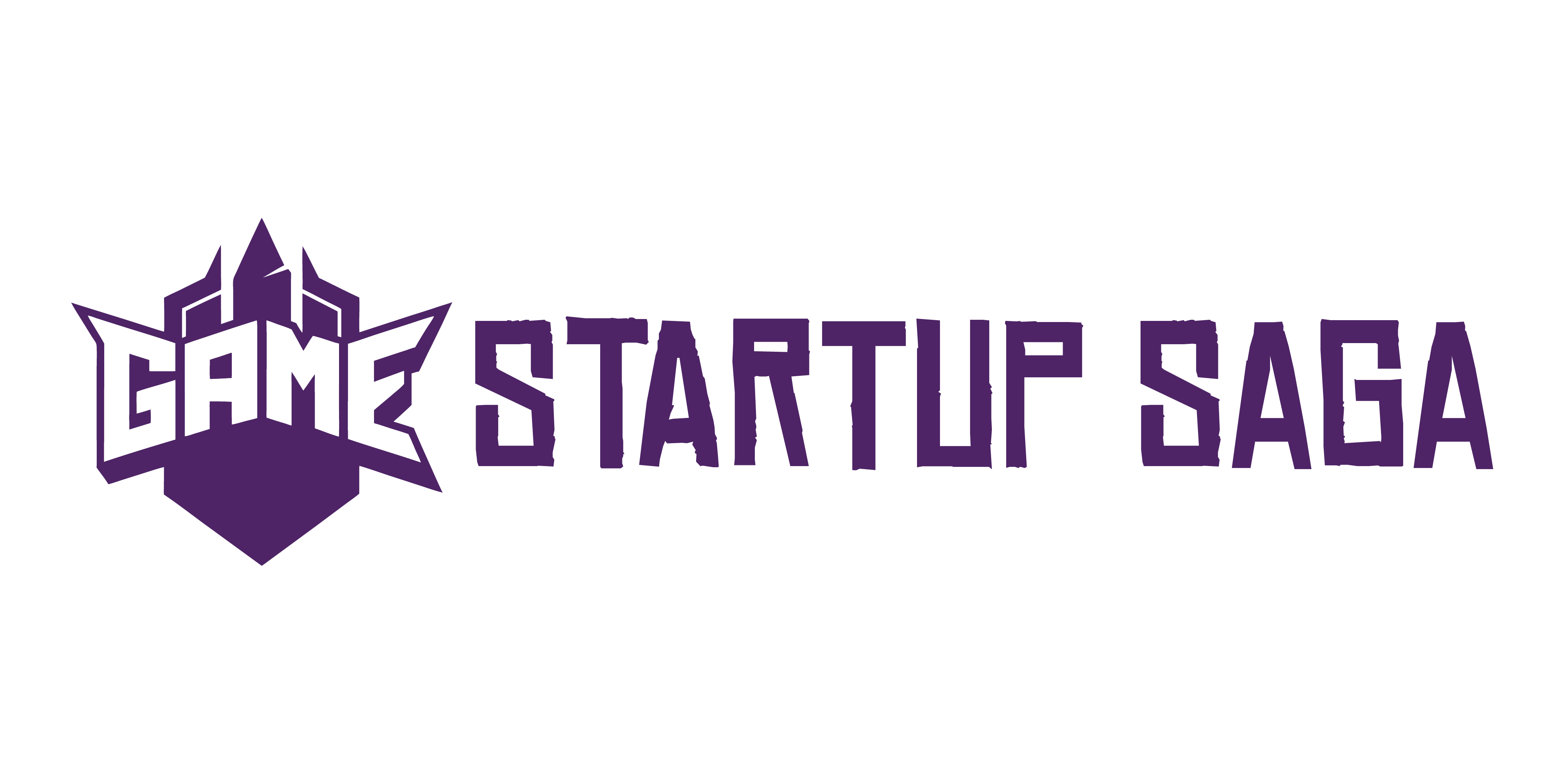Where Things Stand Now
The global gaming market isn’t just thriving—it’s expanding across every corner and screen. In 2023, the industry brought in over $185 billion, and it’s showing no signs of slowing down. What’s important now isn’t just growth, but where that growth is happening.
Mobile gaming still wears the crown, accounting for almost half of total industry revenue. With casual gameplay, constant updates, and worldwide accessibility, it’s the most democratized segment—anyone with a smartphone is a potential gamer. But console gaming hasn’t lost its grip. PS5 and Xbox Series X continue to drive strong hardware sales, aided by exclusive franchise titles and evolving ecosystems like Game Pass and PlayStation Plus.
PC gaming holds steady, powered by eSports, modding communities, and the flexibility of hardware customization. Steam remains the giant here, but Epic Games Store is clawing for more territory. Meanwhile, cloud gaming is moving fast from experiment to experience. With platforms like NVIDIA GeForce NOW and Xbox Cloud Gaming pushing the limits, players are starting to care less about what’s in their living room and more about latency.
As for who’s leading the charge? Tencent, Sony, Microsoft, and Apple sit at the top. But newer names are gaining traction, especially in regions like Southeast Asia, the Middle East, and Latin America where mobile-first strategies are unlocking massive audiences.
The market is wide, but attention is narrow. Meeting players where they are—on the right device, at the right time—is everything.
Trend 1: Subscription Models Take the Lead
The traditional way to buy games—one box, one price—is losing ground fast. Services like Game Pass, PlayStation Plus, EA Play, and Ubisoft+ are changing how players access content. Instead of paying $70 up front for a title, players now expect deep libraries for a flat monthly fee. You get more games, faster. Discoverability is higher. Gamers win.
But the economics aren’t as simple for developers. Small studios get exposure through subscription deals, but they’re also at the mercy of opaque payout structures and shifting platform priorities. For bigger studios, there’s pressure to deliver more content more often just to stay competitive inside these platforms.
Revenue-wise, the subscription model creates a slower trickle versus the traditional heavy upfront hit. That’s fine for platforms with millions of users locked in, but individual games can get lost in the churn. Long-term, the industry might see fewer massive launches and more service-based releases designed to retain engagement over time. It’s reshaping not just how games are sold, but how they’re made.
The shift is still unfolding, but one thing is clear: the subscription-first era is here—and developers will need to scale or specialize to survive in it.
Trend 2: Expansion of Cloud Gaming
Cloud gaming isn’t just a buzzword anymore—it’s slowly becoming baked into the foundation of how games are accessed and played. The days when a high-end GPU was your ticket into gaming are fading. From Chromebooks to budget smartphones, the list of playable devices is growing because the real horsepower now lives in the cloud. This shift is flattening access for players worldwide and lowering the stakes for getting started.
Still, it’s not all solved. Latency remains the nagging thorn. Competitive shooters and reaction-based gameplay—anything needing split-second precision—still suffer unless you’re sitting close to a data center. But tech’s inching forward. Edge computing, smarter routing, and 5G/6G rollouts are shortening the lag. 2024 won’t see perfection, but expect key markets to perform better, more reliably.
One of the more interesting signs of maturity? Cloud-native games—titles built specifically to leverage the power of distributed architecture—are finally popping up. These games won’t just be streamed console clones. They’ll be designed around scale, persistence, and cross-platform social layers. Think bigger game worlds, constant evolution, and fewer barriers between players. The infrastructure isn’t fully there yet, but the intent clearly is.
For devs and publishers, the takeaway is simple: if you’re not thinking cloud-first, you’re already behind.
Trend 3: Gaming Meets the Creator Economy
Game launches aren’t just about publishers and press anymore—they’re about people. Streamers, YouTubers, and TikTok creators are now critical players in how, when, and why a game takes off. Communities rally behind titles long before they hit the market, thanks to early gameplay streams, developer Q&As, and alpha leaks that gain momentum across digital platforms.
Game design itself is evolving to feed this machine. Developers are building with streamability in mind—clear objectives, share-worthy moments, and easy-to-follow gameplay loops. If a game doesn’t look good on Twitch or make someone pause mid-scroll on TikTok, it’s already playing catch-up.
Studios have gotten smarter, too. Rather than waiting for launch day to cross their fingers, many are putting influencers into the pipeline from the first builds. Direct partnerships, co-created content, even early access for curated creators—these aren’t just marketing tactics; they’re part of the design and distribution strategy. If you’re not building for the creator economy, you’re building blind.
Trend 4: Merging of Lifestyle and Games
In 2024, the boundary between gaming and lifestyle is paper-thin. Games like Fortnite, Roblox, and ZEPETO aren’t just playgrounds—they’re culture hubs. A-list concerts, fashion drops, even political rallies are increasingly hosted in-game. Gen Z and Gen Alpha see their digital selves not as add-ons, but as extensions of who they are IRL. Skins, emotes, and virtual accessories hold real-world value, and for some, they’re more important than the clothes in their actual closets.
This shift toward hybrid digital identities is more than aesthetic. It’s social currency. When someone buys a Balenciaga hoodie in Fortnite or attends a Charli XCX concert in Roblox, they’re signaling status, taste, and belonging—all inside a game. Brands are taking notes and meeting younger audiences where they live: not on a homepage, but in a virtual plaza.
Commerce is following close behind. We’re seeing a rise in digital-native fashion labels that sell exclusively in-game, along with resale markets for rare items. Vloggers and streamers are covering virtual fashion hauls the same way they would a Zara drop. Meanwhile, new platforms are allowing creators to launch custom assets, monetize experiences, and even build standalone micro-economies inside games. It’s not far off from the metaverse buzz of yesterday—but this time, it’s taking root in what people are actually doing weekly, if not daily.
Lifestyle and gaming used to be separate categories. Now, they’re feeding each other. Creators who can speak both languages—style and gameplay—have the edge.
Trend 5: Smarter Games Through Player Data
As technology advances, so do the ways developers are tailoring the gaming experience. The next phase? Games that learn from you as you play.
Personalized Gameplay Experiences
Today’s leading games are beginning to use real-time player data to adjust difficulty, narrative paths, and even in-game economics. These adaptive mechanics can:
- Respond to player skill levels, keeping gameplay challenging but enjoyable
- Personalize tutorials and onboarding based on user behavior
- Adjust storyline elements or outcomes depending on player choices
This shift allows for more immersive experiences and higher long-term engagement.
Ethical Questions on Data Collection
With personalization comes an ethical balancing act. Players may enjoy smarter experiences, but at what cost?
- To what extent is player behavior being monitored?
- Are users aware of how their data is being used—or sold?
- Where is the line between adaptive gameplay and manipulation?
Developers and publishers will likely face increasing scrutiny around transparency, consent, and data security.
Case Studies: Real-World Implementation
Industry leaders are already reshaping design based on behavioral insights:
- Ubisoft uses telemetry data to rebalance game difficulty and inform level design across franchises
- Riot Games analyzes in-game behavior to improve matchmaking and deal with toxicity
- Indie studios are leveraging smaller data sets for narrative branching and personalization at scale
As these tactics prove effective, more developers will likely adopt similar strategies.
Deep dive: Understanding Player Behavior and Market Dynamics
This is only the beginning—player-aware design is set to redefine how we build and experience games.
Wild Cards: What Could Disrupt Everything
Not all changes in gaming come from market demand or innovation. Some of the most disruptive shifts may stem from legal, structural, or cultural forces developers and publishers can’t fully control. Here are a few wild cards to keep on your radar.
Regulatory Crackdowns on Loot Boxes and Monetization
Governments worldwide are increasingly scrutinizing how games earn money—especially when it comes to loot boxes and microtransactions. These monetization models may soon face stricter regulations, particularly in games marketed to younger audiences.
Key factors include:
- Loot boxes under legal fire in the EU, UK, and parts of Asia, with comparisons to gambling
- Age-based restrictions likely on certain purchase mechanics
- Mandatory transparency around drop rates and in-game purchases
Games that rely heavily on randomized rewards may need to pivot quickly if legislation passes.
Industry Consolidation and Monopoly Risk
The era of big mergers continues, raising concerns around creative diversity and market fairness. As a few corporations gain control over large swaths of IP, the risks of stagnation and homogenization grow.
Watch for:
- Major acquisitions shrinking the pool of independent studios
- Exclusive deals potentially locking players into specific ecosystems
- Fewer risks taken creatively as companies prioritize large-scale profitability
While corporate consolidation may streamline access and production, it can limit innovation and reduce opportunities for smaller studios.
Developer Burnout and the Indie Pushback
Crunch culture isn’t just a buzzword—it’s a pressing issue across the industry. As more developers advocate for sustainability and creative control, the result is a rise in indie games that push the envelope while rejecting toxic industry norms.
Emerging themes:
- Talent leaving AAA studios in favor of self-funded, passion-driven teams
- Flexible release schedules and transparent development processes
- A surge of support from fans drawn to the authenticity of indie projects
The indie space isn’t just alive—it’s thriving with experimentation and bold storytelling, often filling the gaps left by mass-market titles.
Wild cards like these may not dominate next quarter’s headlines, but they have the potential to reshape the gaming ecosystem in the years ahead.
What to Watch in the Next 3 Years
Emerging markets are the new center of gravity for real-time multiplayer mobile games. Regions like Southeast Asia, Latin America, and parts of Africa are seeing massive growth. It’s not just because more people have smartphones—it’s because these players want social, competitive experiences on the go. Expect more localized content, scaled-down game specs to match hardware constraints, and tighter integration with mobile-first platforms like WhatsApp and Telegram.
AI-assisted world-building is no longer a prototype—it’s being used to generate vast environments, design reactive NPCs, and build out narratives that twist in real time based on how players behave. Studios are using AI to bypass some of the bottlenecks of traditional dev cycles, allowing for richer, more adaptive open worlds. But generative systems also mean dev teams have to double down on editing, tone control, and gameplay balance—or risk letting the machines write something flat.
Then there’s cross-platform economies: a mouthful, yes, but potentially game-changing. Imagine earning gear in a mobile title and using it within your VR rig, or buying assets that cross over from a racing sim to a fantasy RPG. Fragmented ecosystems are slowly getting stitched together. No one’s cracked it cleanly yet, but with blockchain technologies maturing and publishers incentivized to keep players inside their brand’s orbit, interoperability may finally go from buzzword to reality.
In short, players in the next three years won’t just be switching games—they’ll be living across them. And devs that can build for that kind of fluidity are the ones to watch.
Final Word
Beyond Predictions: Why Observation Wins
In a fast-evolving industry like gaming, the winners won’t be those who simply predict trends—they’ll be the ones who recognize shifts as they happen and adapt accordingly. Staying ahead of the curve isn’t about gambling on the next big thing; it’s about developing the instincts and systems to respond with speed and insight.
- Surface trends come and go; underlying behavioral changes are more telling
- Adaptability and speed of execution matter just as much as foresight
- Data, player feedback, and market signals are more actionable than guesses
Leading Through Player Empathy
Game developers, publishers, and platform builders who truly understand player motivations will be best positioned to lead—not simply compete. Understanding players goes beyond metrics—it requires human insight, cultural awareness, and the humility to listen deeply.
- Know what excites your players—and what frustrates them
- Design experiences that reward long-term engagement, not just short-term wins
- Align monetization with value creation and respect for your audience
Key Takeaway
In the years to come, the greatest success will come to those who listen before they build. The gaming companies that thrive won’t just release new titles—they’ll shape, reflect, and elevate the communities they serve.



